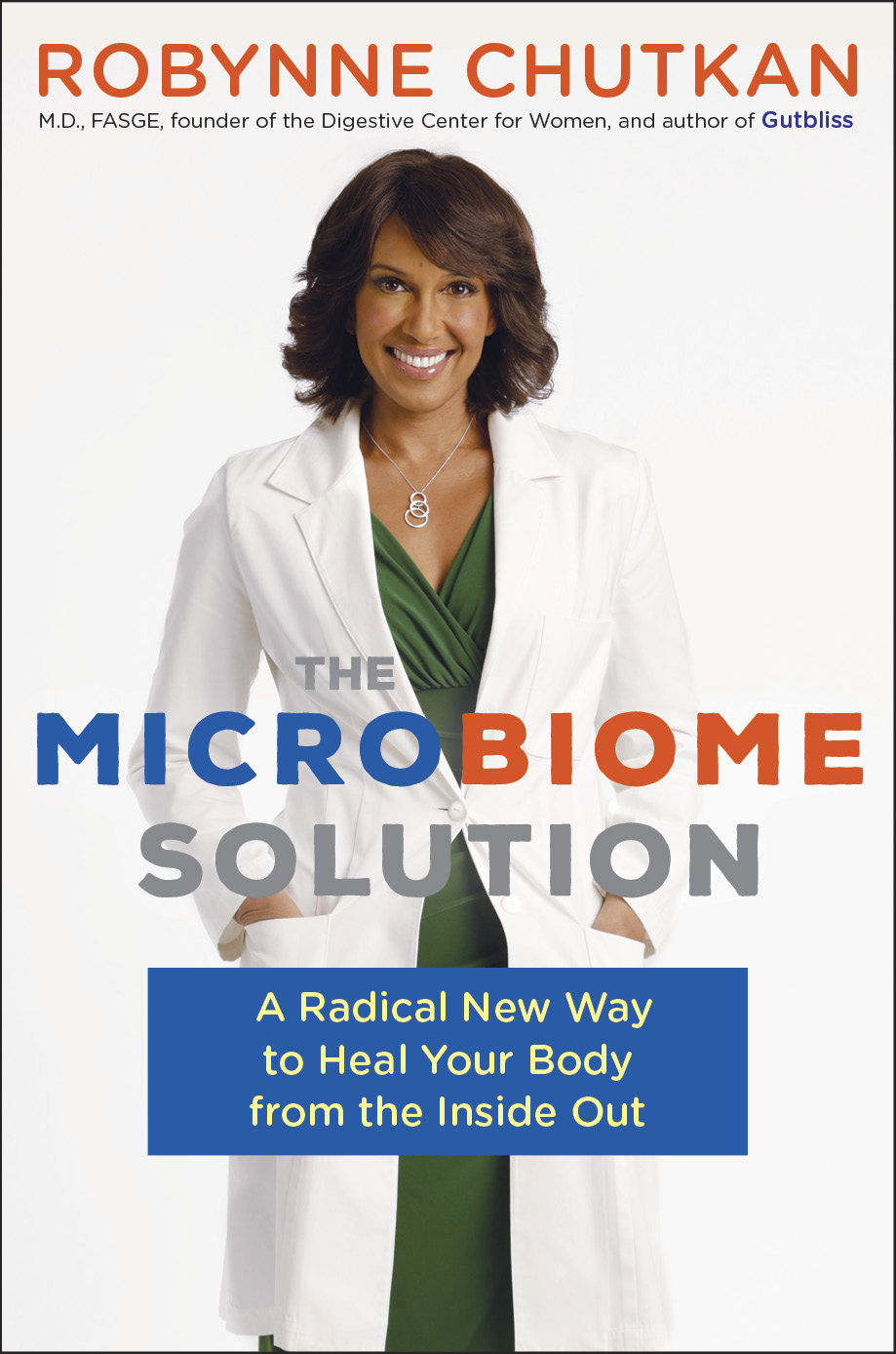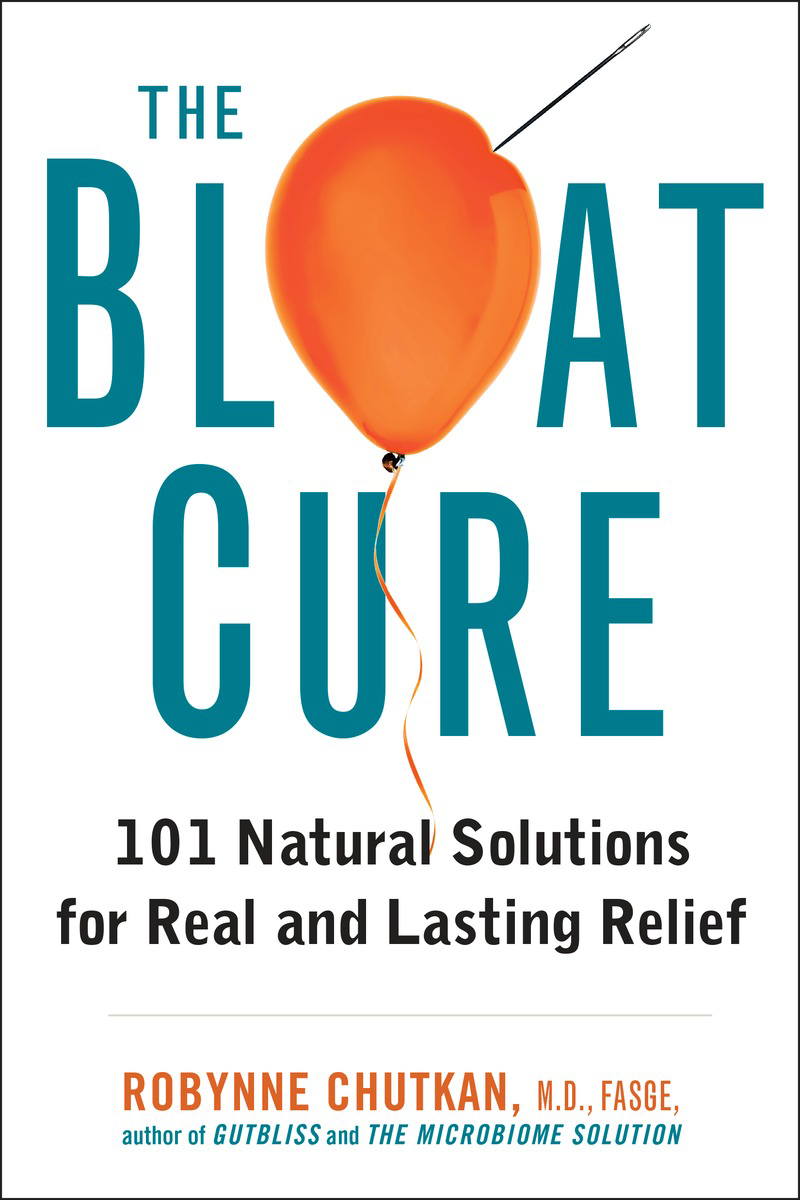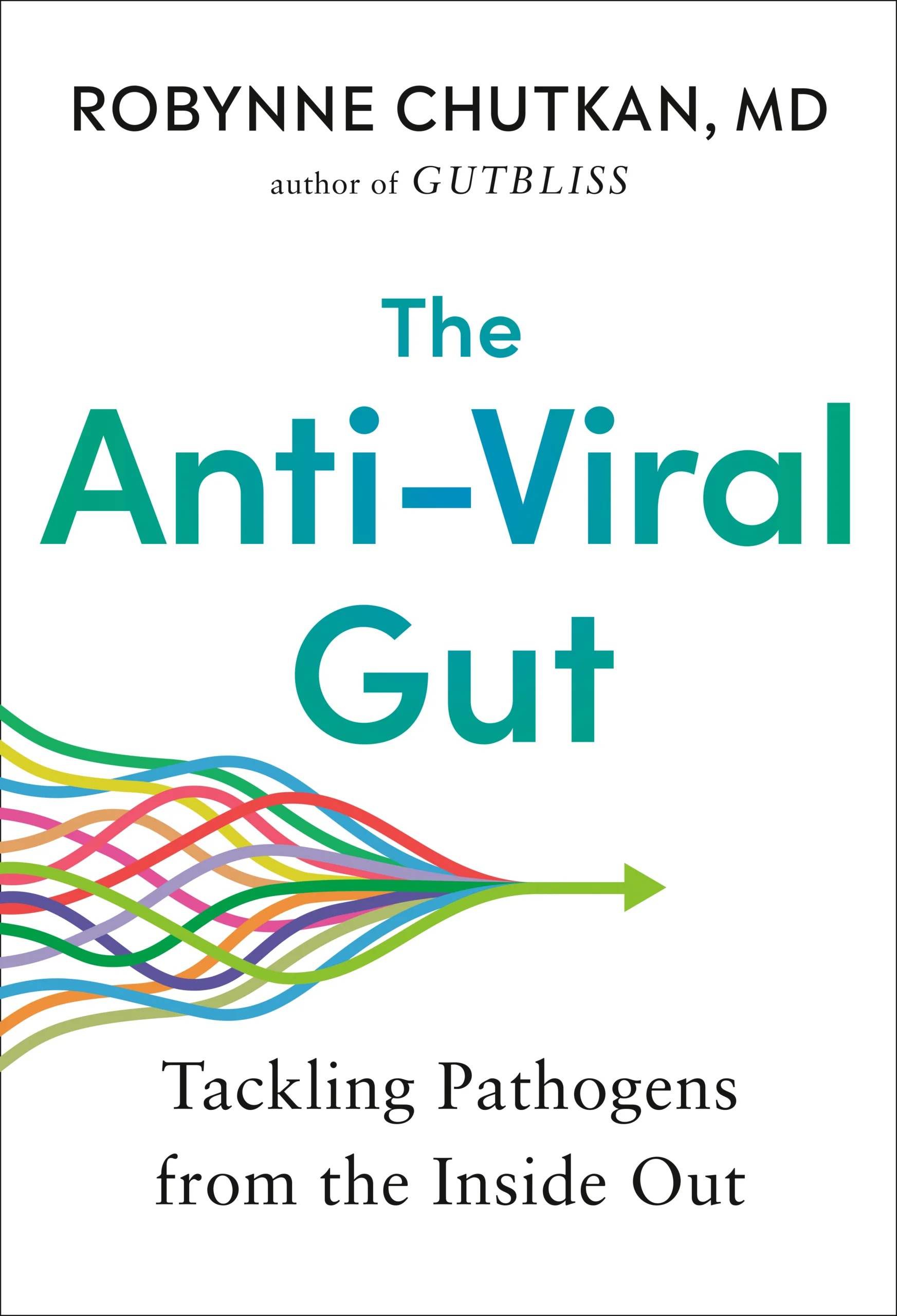Small intestinal bacterial overgrowth (SIBO) is a type of dysbiosis where an overabundance of bacteria develops in the small intestine. The small intestine typically contains much less bacteria than the colon, the main living quarters for gut bacteria and the place where dysbiosis most often occurs.
SYMPTOMS
Symptoms of SIBO include:
- Abdominal pain/cramping
- Bloating
- Constipation
- Depression
- Diarrhea
- Excessive gas
- Fatigue
- Food cravings
- Headaches
- Nutritional deficiencies (gut bacteria may affect absorption of nutrients or consume them themselves)
- Rashes
CAUSES
Antibiotic use is a major cause of SIBO, but impaired bowel motility and partial bowel obstruction that result in stasis of intestinal contents, and acid suppression that creates a hospitable environment for bacteria to overgrow, are also risk factors. Onset of SIBO often occurs following a severe GI infection, in the setting of antibiotics and acid suppressing drugs.
DIAGNOSIS
SIBO is tested by administering a hydrogen breath test during which a solution is consumed containing glucose, which pathogenic bacteria breakdown into hydrogen and methane gases; hydrogen levels are measured to determine bacterial overgrowth. Although breath tests can be useful, they are unreliable. A clinical diagnosis based on history, physical exam, and signs and symptoms is the best way to diagnose SIBO.
TREATMENT
Antibiotics
Some physicians treat SIBO with an oral antibiotic called Rifaximin (also known as Xifaxan). The theory is that because Rifaximin has activity against a broad spectrum of bacteria that are overgrowing in the small intestine, using it to reduce their populations should lead to an improvement in symptoms. And it frequently does. Unfortunately, Rifaximin, like all antibiotics, also has activity against essential bacteria and diminishes that population, too. The result is usually an initial amelioration followed by relapse a few months later.
The Gutbliss 3-Pronged Approach: Avoidance, Encourage, Repopulate
Treating dysbiosis can be complex and highly individualized. The Gutbliss 3-pronged approach that involves Avoidance, Encouragement, and Repopulation, proves successful in many individuals suffering from dysbiosis:
- Avoid antibiotics and other drugs that contribute to the problem, including acid suppressors, NSAIDs, birth control pills, hormone therapy, steroids etc. Avoid household and personal care products that disrupt the microbiome.
- Encourage the growth of good bacteria by consuming prebiotics (found in high-fiber foods that feed your good bugs, including foods such as oats, artichokes, asparagus, garlic, onions, and leeks) and fermented foods (such as sauerkraut and kimchi) that increase the number of good bacteria. Staying away from sugary, starchy foods that favor proliferation of bad bacteria, which thrive on “eating” sugar, is a must.
- Repopulate your gut (or vagina) with large amounts of live bacteria in the form of a robust probiotic.
It may take several months, or if you have severe dysbiosis, even years before you see meaningful results, but this approach offers the possibility of a real cure. It took a lifetime to build your microbiome, therefore getting it back to a state of bliss is a gradual process, but with this 3-pronged approach, tangible improvements can almost always be made.






